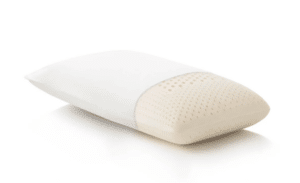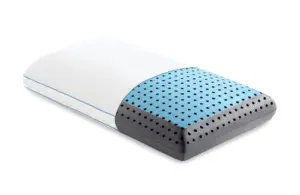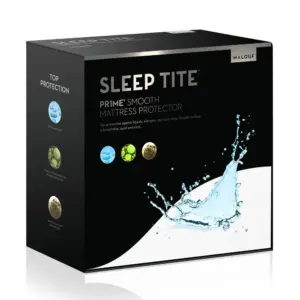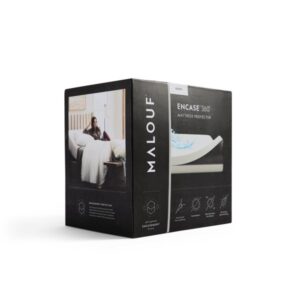In the vast landscape of the internet, there emerges, every now and then, a trend or subculture that captures the collective imagination. One such phenomenon that has grown in prominence over the last decade is ASMR, or Autonomous Sensory Meridian Response. But what exactly is ASMR? And why has it gained such a robust following?
Defining ASMR
ASMR is described as a tingling sensation that typically starts at the crown of the head and can progress down the spine and to other parts of the body. This sensation, often referred to as “tingles,” is typically triggered by specific auditory or visual stimuli, ranging from soft whispers to methodical tapping.
While the phenomenon itself is not new — many people can recall experiencing these tingles long before the term was coined — the name and the burgeoning community around it are relatively recent developments.
The Origins and Evolution
The term “Autonomous Sensory Meridian Response” was proposed in a 2010 online forum by Jennifer Allen, who sought to give a name to this widely experienced yet little-understood sensation. From there, it didn’t take long for a community to form around the phenomenon. Video-sharing platforms, particularly YouTube, became a hub for creators, often referred to as “ASMRtists,” producing content specifically designed to trigger ASMR responses in viewers.
By the early 2020s, ASMR had burgeoned from a niche internet subculture to a mainstream phenomenon, with millions of videos available and major brands even leveraging ASMR techniques in their advertising campaigns.
The Science Behind the Sensation
The biological underpinnings of ASMR remain a subject of research and debate. Early studies have suggested that ASMR may be linked to the brain’s release of endorphins, neurotransmitters known for their role in pain relief and pleasure. Other theories point to the potential role of oxytocin, a hormone associated with bonding and social connection.
From a psychological perspective, many individuals find ASMR videos relaxing, using them as a tool for stress relief, anxiety reduction, or sleep aid. The methodical, predictable nature of ASMR triggers can provide a sense of calm and predictability in an often chaotic world.
ASMR, with its deeply personal and varied triggers, remains a complex and captivating subject. As researchers delve deeper into the science behind the sensation, the ASMR community continues to thrive, showcasing the diverse ways in which humans experience and interpret sensory stimuli. What began as whispered discussions in obscure corners of the internet has grown into a global conversation about the mysterious and soothing world of ASMR.
Binural Beats
There’s a relatively new approach to relaxation and sleeping that involves stimulating your senses with particular triggers in order to relax. The method is called Autonomous sensory meridian response or ASMR for short. The term first appeared back in 2008 on Yahoo!. Below is one of the most viewed YouTube videos on ASMR that includes a variety of triggers that prompt immediate relaxation. Let me know if you have experience in this practice or have had any positive results from it. Enjoy!


















